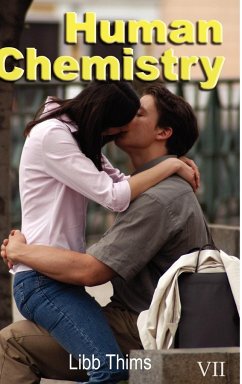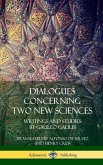Volume two begins with Goethe's theories of affinities, i.e. the chemical reaction view of human life in 1809. This is followed by the history of how the thermodynamic (1876) and quantum (1905) revolutions modernized chemistry such that affinity (the 'force' of reaction) is now viewed as a function of thermodynamic 'free energy' (reaction spontaneity) and quantum 'valency' (bond stabilities). The composition, energetic state, dynamics, and evolution of the human chemical bond A?B is the centerpiece of this process. The human bond is what gives (yields) and takes (absorbs) energy in life. The coupling of this bond energy, driven by periodic inputs of solar photons, thus triggering activation energies and entropies, connected to the dynamical work of life, is what quantifies the human reaction process. This is followed by topics including mental crystallization, template theory, LGBT chemistry, chemical potential, Le Chatelier's principle, Müller dispersion forces, and human thermodynamics.








